Table of Contents
Type 1 and type 2 superconductors:
Type 1 and type 2 superconductors: Type 1 superconductors are materials that have a critical temperature below which they show perfect diamagnetism and zero electrical resistance. Examples of Type 1 superconductors include lead, mercury, aluminum, and some of their alloys.
Dutch physicist Heike Kamerlingh Onnes first observed the phenomenon of superconductivity in 1911 in mercury. Type 1 superconductors are believed to be caused by electron-phonon interactions in the material.
Type 2 superconductors are materials with critical temperatures above which they show perfect diamagnetism and zero electrical resistance. Examples of Type 2 superconductors include materials such as niobium, niobium-germanium, niobium-tin, niobium-titanium, niobium-zirconium, and some of their alloys.
Type 2 superconductors are believed to be caused by electron-electron interactions in the material. The phenomenon of superconductivity was first observed by American physicists John Bardeen, Leon Cooper, and John Schrieffer in 1957 in niobium-germanium.

The Properties of Type 1 Superconductors:
Type 1 superconductors are materials that exhibit superconductivity at relatively low temperatures. They are characterized by an abrupt transition from a normal to a superconductive state, which is accompanied by a sharp drop in electrical resistance.
Type 1 superconductors are typically composed of heavy elements such as lead, tin, and mercury and are characterized by strong electron-phonon interactions.
These interactions are responsible for the Cooper pairs of electrons that are responsible for the superconductive state. The temperature at which this transition occurs is known as the transition temperature (Tc).
Type 1 superconductors typically have transition temperatures below 30 K and are generally referred to as “low temperature” superconductors. The Meissner effect is one of the most important properties of type 1 superconductors.
This effect describes the expulsion of magnetic fields from the interior of the material when it is cooled below the transition temperature. This effect is responsible for the loss of electrical resistance in superconductors.
In addition to the Meissner effect, type 1 superconductors also have the property of critical field or critical current. This is the maximum field or current that can be applied to the material without causing it to transition back to a normal state.
Finally, type 1 superconductors also exhibit perfect diamagnetism. They are repelled by both an external and an internal magnetic field. In conclusion, type 1 superconductors exhibit a sharp transition from a normal to a superconductive state, accompanied by the Meissner effect, critical field or current, and perfect diamagnetism.
These properties make type 1 superconductors ideal for various applications, including energy storage and transmission, medical imaging, and magnetically levitated transportation.
The Types of Type 1 Superconductors:
Type 1 superconductors are materials that become superconducting when cooled below a certain temperature. They are characterized by a sudden transition from a normal conducting state to a superconducting state at a critical temperature.
The critical temperature is the temperature at which the material becomes superconducting. Type 1 superconductors are also referred to as conventional superconductors.
The most common type of Type 1 superconductors are metals such as niobium and niobium-titanium alloys. These materials have high critical temperatures, typically around 10 K (-263°C).
They are usually cooled down with liquid helium, which is very expensive. Another type 1 superconductor includes compounds such as bismuth-strontium-calcium-copper-oxide (BSCCO), yttrium-barium-copper-oxide (YBCO), and magnesium diboride (MgB2).
These materials have much higher critical temperatures, typically around 30 to 100 K (-243 to -173°C). They are usually cooled down with liquid nitrogen, which is much cheaper than liquid helium.
Type 1 superconductors are used in a wide range of applications, including magnets, transformers, and medical imaging.
The Applications of Type 1 Superconductors:
Type 1 superconductors are materials that exhibit zero electrical resistance when cooled below a critical temperature. They are usually composed of metallic elements, alloys, or intermetallic compounds.
Most of the elements in the periodic table are type 1 superconductors, with the exception of hydrogen. Applications of type 1 superconductors include
1. Magnetic Resonance Imaging (MRI): MRI is a medical imaging technique used to diagnose various diseases by creating detailed images of the body’s internal organs and structures.
Type 1 superconductors are used in MRI machines to generate the strong magnetic fields needed to create detailed images.
2. High-Speed Trains: Maglev trains, or magnetic levitation trains, use type 1 superconductors to create powerful magnetic fields which allow them to levitate and move at high speeds.
3. Superconducting Magnets: Superconducting magnets are used in a variety of applications from particle accelerators and nuclear fusion reactors to magnetic resonance imaging machines and medical imaging devices.
4. Power Generation: Superconducting power cables are being developed that could potentially be used to transmit power over long distances with minimal energy losses.
5. Sensors and Detectors: Superconducting sensors and detectors are used in a variety of applications ranging from medical imaging to industrial process control.
6. Quantum Computing: Superconducting qubits, or quantum bits, are being developed for use in quantum computers.
These qubits could potentially be used to solve complex problems that are currently impossible with classical computers.
The Challenges in Developing Type 1 Superconductors:
Developing type 1 superconductors is a complex task that requires overcoming a number of challenges. One of the major challenges is providing a consistent temperature environment for the superconductor to remain in its superconducting state.
This requires the use of cryogenic cooling systems to maintain the temperature of the material below its critical temperature. This adds a layer of complexity and costs to the development process.
Another challenge is the purity of the material. Superconductors are typically made of materials such as metals, alloys, and ceramic compounds.
To achieve the required levels of purity, these materials must be purified through complex processes, including chemical and physical refining techniques. This can be expensive and time-consuming.
The third challenge is in designing and building the necessary infrastructure to support the superconducting material.
This includes the creation of a vacuum environment in which the material can be cooled, as well as the use of various electrical components to ensure the efficient operation of the superconductor.
This process can be difficult and expensive and is often the most time-consuming step in developing a type 1 superconductor. Finally, the cost of materials and components used in the development of a type 1 superconductor is a major challenge.
The Properties of Type 2 Superconductors:
Type 2 superconductors exhibit superconductivity at higher temperatures and weaker magnetic fields than Type 1 superconductors. They are composed of a mixture of metals, such as copper and oxygen, and can be either inorganic or organic.
They are also known as “high-temperature” superconductors because they can reach temperatures of up to 200 Kelvin (-73 Celsius) and higher, compared to Type 1 superconductors, which can only reach temperatures of up to 30 Kelvin (-243 Celsius).
The structure of their lattice determines the properties of Type 2 superconductors. They are characterized by an anisotropic energy gap, meaning that the energy gap separating the electrons and the lattice varies with direction.
This anisotropy is due to a lattice structure with two-dimensional sheets of conducting electrons that are only weakly coupled.
As a result, Type 2 superconductors have higher critical temperatures and higher critical fields than Type 1 superconductors. The current-carrying capacity of Type 2 superconductors is also much higher than that of Type.
1. This is because the energy gap is much larger than in Type 1 materials, allowing for a larger number of electrons to pass through the material without resistance.
This makes them ideal for applications where high levels of current are needed, such as in power transmission or superconducting magnets.
In addition, Type 2 superconductors also have a temperature-dependent critical field, meaning that the critical field required for superconductivity increases as the temperature decreases.
This property makes them suitable for use in cryogenic applications, as the current can be maintained at low temperatures. Finally, Type 2 superconductors are also known for their technological applications.
They are used in various applications, such as MRI machines, particle accelerators, and superconducting power cables.
They are also used in high-speed computing, where their high current-carrying capacity allows for faster data transmission.
The types of Type 2 Superconductors:
Type 2 Superconductors are materials that have the ability to conduct electricity without any resistance. These materials can be divided into two broad categories:
Conventional and high-temperature superconductors. Conventional Type 2 Superconductors are materials that can become superconductors at temperatures below 30K.
These materials are typically composed of elements from the lanthanide or actinide series and are often referred to as “heavy-fermion materials.”
These materials require the use of expensive cryogenic techniques to reduce the temperature of the material to the desired value in order to become superconductive.
High-Temperature Type 2 Superconductors are materials that can become superconductors at temperatures above 30K.
These materials are generally composed of complex oxides of copper, such as Yttrium-Barium-Copper-Oxide (YBCO) or Bismuth-Strontium-Calcium-Copper-Oxide (BSCCO).
The discovery of high-temperature superconductors revolutionized the field of superconductivity, as these materials can become superconductive at temperatures that can be reached with common refrigeration techniques, making them much more practical for use in applications.
In summary, Type 2 Superconductors can be divided into conventional and high-temperature superconductors.
Conventional Type 2 Superconductors are materials that can become superconductive at temperatures below 30K, while high-temperature superconductors are materials that can become superconductive at temperatures above 30K.
Both types of materials have applications in various fields, such as power transmission and energy storage.
The Applications of Type 2 Superconductors:
Type 2 superconductors are materials that can conduct electricity without resistance when cooled below a certain temperature. These materials are used in a wide variety of applications, including medical imaging, electrical power transmission, and computing.
Medical imaging: Superconducting magnets are used in medical imaging, such as MRI, CT, and PET scanners.
These magnets are able to create a strong magnetic field which is used to generate images of the body’s internal structures. This technology is used to diagnose diseases and monitor the progress of treatments.
Power transmission: Superconductors are used in power transmission systems to reduce power loss during transmission. Superconducting cables can reduce power losses by up to 90%, making them much more efficient than traditional copper cables. This technology is also used in renewable energy systems, such as wind turbines, to increase the amount of energy produced.
Computing: Superconductors are used in high-performance computing systems. Superconducting chips can process data at much higher speeds than traditional silicon chips, making them ideal for use in advanced applications such as artificial intelligence and machine learning.
These are just a few of the many applications of type 2 superconductors. They are also used in particle accelerators, space exploration, and quantum computing.
As technology advances, the uses of type 2 superconductors are sure to expand.
The Challenges in Developing Type 2 Superconductors:
Developing type 2 superconductors poses a number of challenges. First, type 2 superconductors must be cooled to extremely low temperatures, typically below the boiling point of nitrogen (77 K).
This means that cooling systems must be used that are capable of reaching and maintaining temperatures of this magnitude.
Additionally, type 2 superconductors must be made of thermally and mechanically stable materials, which can be difficult to achieve.
Another challenge of developing type 2 superconductors is that the materials used must be highly pure. Impurities and defects can drastically reduce the critical temperature of the superconductor and, thus, the device’s efficiency.
This requires the use of high-quality materials and careful fabrication processes. Finally, to produce a practical type 2 superconductor, the material must be able to carry large amounts of current.
This requires the material to be highly conductive, which can be difficult to achieve in certain materials.
Overall, the challenges associated with developing type 2 superconductors are numerous and complex. However, with the right materials, fabrication processes, and cooling systems, it is possible to develop type 2 superconductors capable of operating at high efficiencies and carrying large amounts of current.
Also, N phenylethanamide

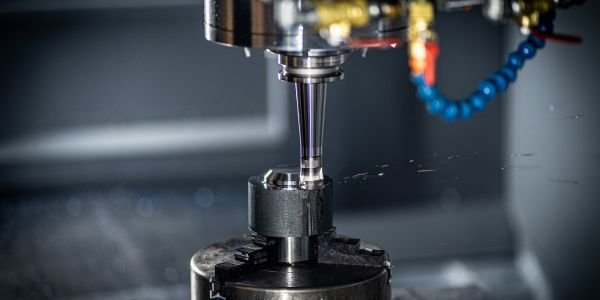
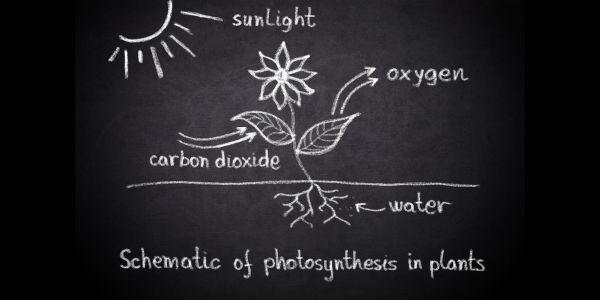




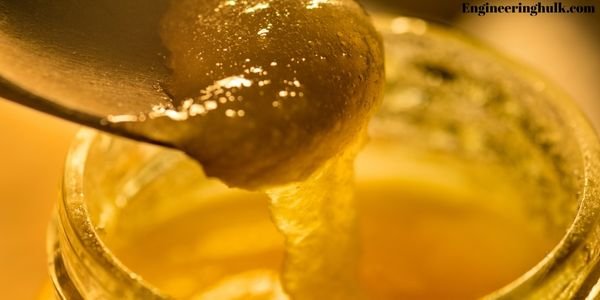



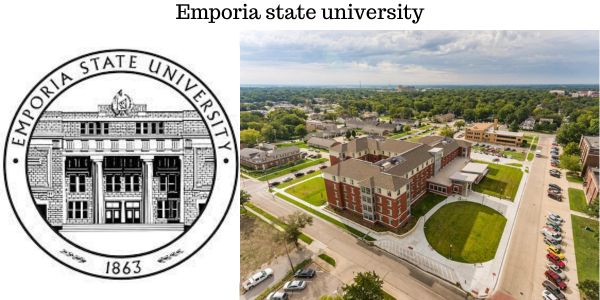



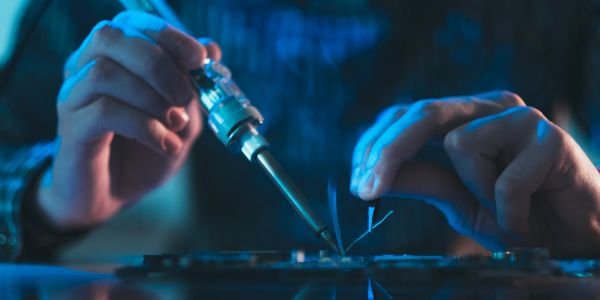
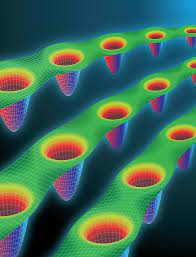
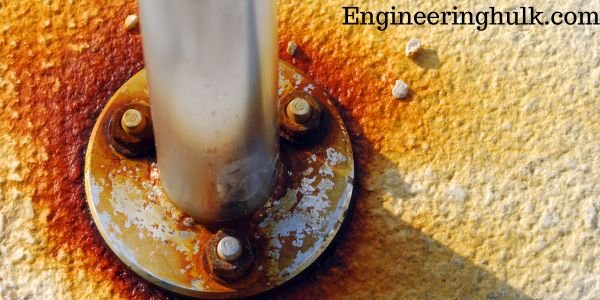



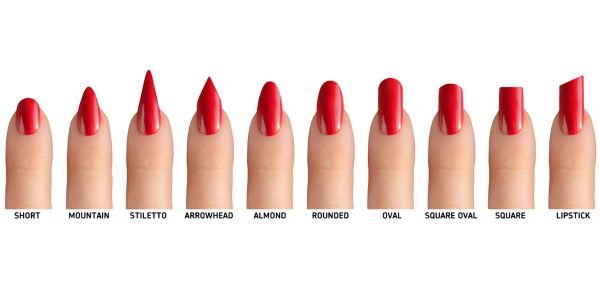








Comments on “Type 1 and Type 2 Superconductors”
Comments are closed.